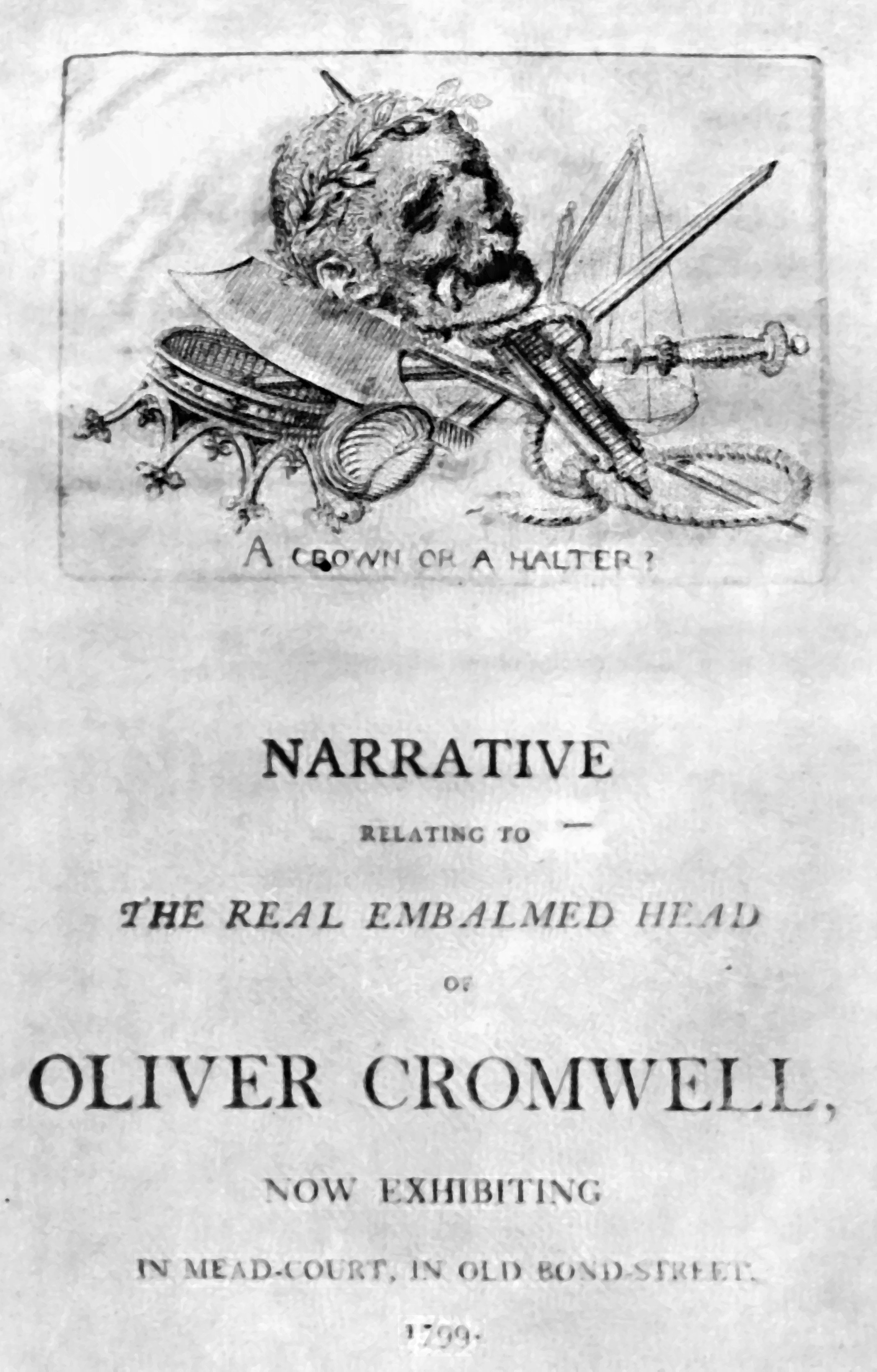When England Executed Its King.
King Charles (I, II, & III)
Charles Philip Arthur George Windsor, the oldest son of the recently deceased Queen Elizabeth II, is now King Charles III of the United Kingdom of Great Britain and Northern Ireland. He is a constitutional monarch with limited powers.
Monarchs used to have absolute power. The evolution to a constitutional monarch started over 800 years ago with the Magna Carta, which, among other clauses, required the King to seek parliamentary approval for new taxes. This series of entries covers the evolution of the British Monarchy.
Monarchy Abolished
As discussed in this post, supporters of Parliament defeated the forces of King Charles I. When King Charles refused to compromise his powers, he was tried, found guilty of treason, and hung on January 30th, 1649.
The House of Commons passed a bill declaring the Parliament as the source of ruling power in the country and made it an offense to declare a new king. This turned out to be a significant step in the creation of a constitutional monarchy, where the legislature now claimed ultimate ruling power. Parliament declared “that the people are, under God, the original of all just power; that the Commons of England, being chosen by and representing the people, have the supreme power in this nation.”
Instrument of Government
Parliament now faced the question of how to rule the country. Parliament retained most powers and created a ‘Council of State’ to perform executive functions, including directing foreign policy. Oliver Cromwell, the military leader of the victorious forces during the Civil War, was named chairman of the group.
In 1653, Parliament created a system of government called the ‘Instrument of Government,’ which was, in effect, a constitution. Its provisions included the creation of a chief executive, ‘The Lord Protector.’ Provisions of this instrument included:
· That the exercise of the chief magistracy and the administration of the government…shall be in the Lord Protector, assisted with a council, the number whereof shall not exceed twenty-one, nor be less than thirteen.
· That the Lord Protector, the Parliament sitting, shall dispose and order the militia and forces, both by sea and land, for the peace and good of the…nation, by consent of Parliament; and that the Lord Protector, with the advice and consent of the major part of the council, shall dispose and order the militia for the ends aforesaid in the intervals of Parliament.
· That the Lord Protector… with the consent of the major part of the council, has the power of war and peace.
This ‘constitution’ included over forty provisions delineating the powers of Parliament and the Lord Protector. The U.S. Constitution, developed over 130 years later, had similar clauses.
Oliver Cromwell was named Lord Protector.
Humble Petition and Advice
The country remained unstable in the wake of the Civil Wars and the abolition of the monarchy. In 1657, Parliament offered a revised constitution, submitted as a ‘Humble Petition and Advice,’ to Cromwell. Besides restoring the second legislative body (House of Lords), the document offered to make Cromwell king. Again, we see the continued development of the Constitutional Monarchy – the Parliament, an elected body, can anoint someone as King. Remember, a few years earlier, Parliament had ended the monarchy.
Cromwell did not want to restore the Crown and declined. The position of Lord Protector would not be hereditary, but Cromwell was allowed to name his successor.
Return of the Jews
Over three hundred years earlier, King Edward I had expelled the Jews from England. Historians have provided several reasons. The English Reformation in the 1500s, converting England from a Catholic to a Protestant nation, benefited Jews, as the Protestant liturgy made little reference to the role of Jews in Jesus’s death. Cromwell’s government was religiously tolerant. Several English philosophers and writers, including John Milton (author of Paradise Lost) and Thomas Hobbes (author of Leviathan), supported greater religious tolerance.
In 1655, Cromwell allowed Jews to settle in England.
Cromwell’s Death and Subsequent Beheading
Yes, you read it correctly. First Cromwell died, then he was beheaded. Oliver Cromwell fell ill and died in 1658. He was buried in Westminster Abbey. As we will cover in a future post, England returned to a monarchy two years later, in 1660. King Charles II, the son of the beheaded Charles I, declared that Cromwell should be executed for regicide – even though he was already dead. He was exhumed, beheaded, and his head placed on a spike. The location of the rest of his body is unknown.
That’s not the end of the story. About twenty years later, a storm blew the head off the spike. It passed through several collectors and museums. A 1934 study concluded the head was real – Oliver Cromwell’s head. Finally, 300 years after his death, Cromwell’s head was donated to Sidney Sussex College, his alma mater, and buried in a secret location.
Want to learn more? Visit the Cromwell Museum.
Cromwell – the Movie
In 1970, the film Cromwell was released in England. Alec Guinness played King Charles I, whose head was chopped off. Seven years later, Guinness, playing Obi-Wan Kenobi, had his head chopped off by Darth Vader. Maybe George Lucas liked his performance in Cromwell. Richard Harris, later known for the role of Dumbledore, played Oliver Cromwell.
I have included some videos below.
Restoration of the Monarchy
In our next post, we will cover the return of the King!





